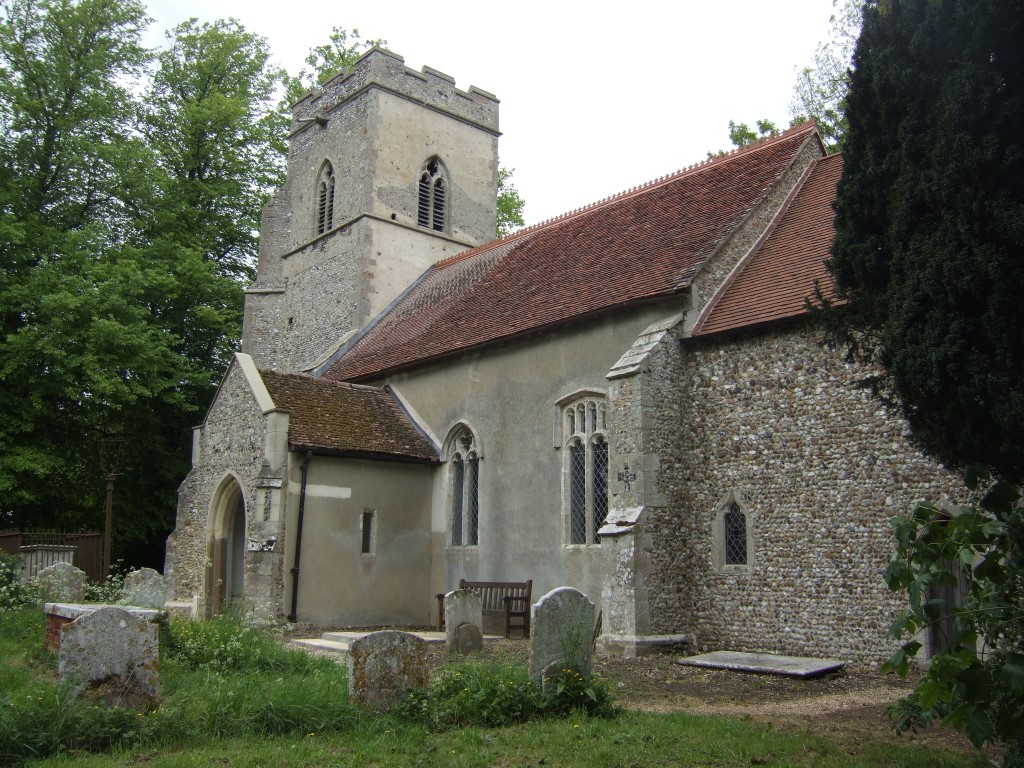The Suffolk Flicks (as opposed to the American Flicks who arrived directly from Germany) descend from British origin. The DNA between the two lines is decidedly different as well. We have yet to determine if they originated from Viking ancestry, German or Hanseatic backgrounds. As far as we know, they are not from noble bloodlines but members of the English gentry who sometimes met with considerable success. While, the genealogy records go back to John Flyk of Kettleburgh in the early 1500’s, there is a heraldric link to Richard Flyck, a bailiff of Yarmouth, in 1425.
Many were connected to the sea — several were merchant adventurers during the time of Queen Elizabeth. No doubt, farming would be another occupation in the list. Others were merchants and some were traders. During the Civil War period, they would probably be called “Royalists”, since the Monarchy was essential for their well being. Some had their land confiscated and one, who was a Rector, was actually ousted in House of Commons.
It would appear that the Flick family must have possessed sufficient capital to purchase numerous tracts of land in Sufolk, during the period of 1400 to 1700. The Hearth Tax can verify their holdings. Some of the more successful descendents probably had residences in London, as well. The geographic areas of interest include Kettilburgh, Debach, Boulge, Eye, Debenham, Ottley, Occold, West Creeting, Earl Soham and Ipswich. During the 1600’s we have records of stewardship at Eton College, and university degrees from Cambridge. A donation of land to a London Guild was one of the first examples of Elizabethan charity. However, as the country entered the industrial revolution, the Flicks dispersed to other parts of England (Nottingham,Kent, Essex). In the latter area, they became one of the predominant families in the area.
Richard Flycke had a crest and probably trading marks. An example of the crest is found at the Bramford Church in Ipswich and is noted in E. A. Davy’s writings on Suffolk families. The trading marks were notably used by Samuel Flicke. Both were used in their trading activities.

